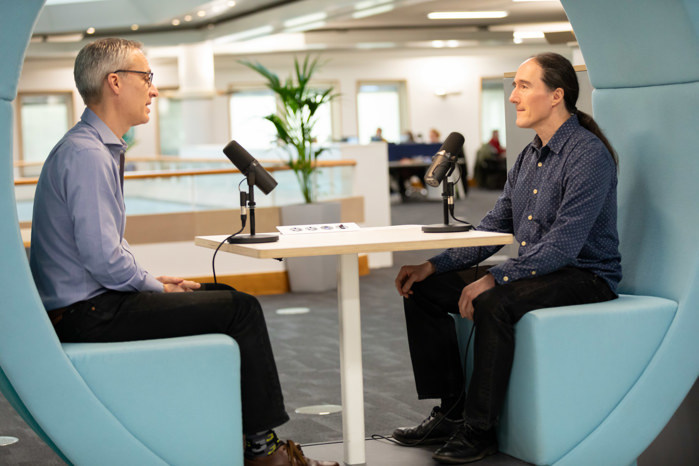
Speaking in an interview with Richard Tang, CEO of Zen Internet, Ramsay refuted claims from certain quarters of the industry to the contrary.
Government has committed £5 billion to its flagship connectivity programme, which aims to provide all hard-to-reach communities with access to lightning-fast gigabit-capable broadband by 2030. CityFibre has benefitted from the initiative, having so far been awarded four contracts to roll out the infrastructure to around 263,000 properties in Cambridgeshire, Norfolk, Suffolk and Hampshire.
“It’s definitely a good use of taxpayers’ money,” said Ramsay. “I have been to some of these locations that we are about to do in Cambridgeshire and you look at the poor connection they are getting and how it impacts on those people’s lives.
“It’s very difficult to say it’s not a good use of taxpayers’ money when you are standing in someone’s front room and they are trying to do some very basic things like order their online shopping or online gaming. I challenge anyone to go and visit these places and then say it’s a bad use of taxpayers’ money, because the social good that it brings is obvious to everybody, and that’s really why we should absolutely be doing this.”
CityFibre has so far been publicly subsidised through the scheme to the tune of £387 million. And Ramsay anticipates that, as a result, the company will continue to play a significant role in the programme moving forward.
“That gives us a good opportunity to reach out to a market that would otherwise have been underserved,” said Ramsay. “That’s good for the premises themselves because they would have been stuck on the slow old copper forever, so that has got to be good for everybody.”
Ramsay spoke on a wide range of issues, including CityFibre’s full fibre build plans, consolidation in the altnet sector and funding. He also addressed the topics of overbuild and how to fill a network with customers, as well as the difference between the telecoms industry and government agendas.
Full fibre builds
On the subject of full fibre builds, Ramsay said that CityFibre was on track to complete its goal of covering 8 million premises by the end of 2025. To date, the company has passed 3.4 million premises, so it will need to achieve a build rate of about 200,000 per month to hit its target.
“We completed one million in 2023 and are continuing to grow at a really strong rate,” he said. “The scale of the build machine is something we are really proud of and we have now got that down to a highly efficient process.”
Addressing the question about consolidation, Ramsay said that it was no surprise that the market was going to start doing so. It is his view that many of the smaller altnets will struggle to remain viable, presenting companies such as CityFibre with acquisition opportunities.
“The economic environment we have got currently in the UK is clearly a factor, with interest rates substantially higher than they were 24 months ago, which puts pressure on every business in various ways, but particularly on some of those smaller altnets that wouldn’t have access to vast amounts of capital,” said Ramsay. “That will be a factor and ultimately it will play a role in how long they can remain viable entities for.”
Ramsay expects the altnet market to follow a similar pattern of consolidation to that of the cable sector, which took three or four years before it took shape. He predicts that it will probably end up with three major players, like most mature markets, such as with mobile, with CityFibre leading the charge.
In terms of being an acquisition target itself for Virgin Media O2, Ramsay denied that CityFibre was ever in active conversation about a deal when rumours of a £3 billion takeover surfaced in March 2023. Rather, he said that the contrary was true – CityFibre was on the lookout for acquisitions itself.
“I wouldn’t believe that story at all,” said Ramsay. “There’s no grounding to that.
“We certainly see ourselves as being the acquirer and not the acquiree. That’s what you would expect the biggest player in the market to largely do.”

